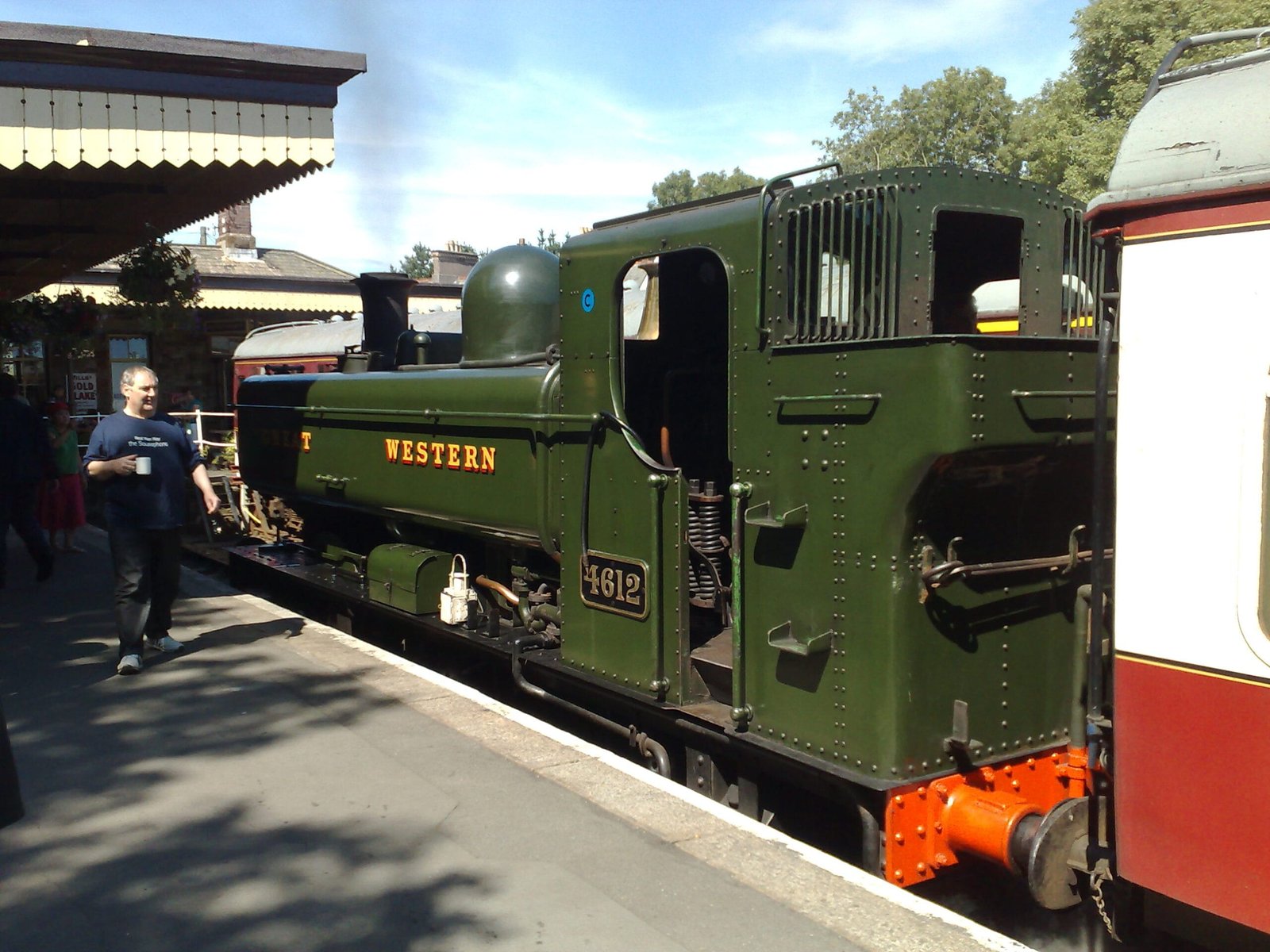
The Mecklenburgische Bäderbahn Molli began operations on 9 July 1886, following a concession granted by Grand Duke Frederick Francis III of Mecklenburg. Originally built by Lenz & Co. of Stettin, the railway connected Bad Doberan to Heiligendamm over a 6.6 km route. Designed as a steam tramway with a narrow gauge of 900 mm, it operated seasonally during the summer months and quickly became a popular transport option for seaside visitors.
In 1890, the line was nationalized and incorporated into the Grand Duchy of Mecklenburg Friedrich-Franz Railway. A major expansion occurred in 1910, extending the line to Arendsee (now Kühlungsborn West), increasing the total length to 15.4 km. This extension enabled year-round passenger and freight services, and the Heiligendamm station was relocated 200 metres south. The railway became part of the Deutsche Reichsbahn in 1920, and by the 1930s, plans to convert the line to standard gauge were considered but ultimately abandoned due to cost.
Freight services were discontinued in 1969, as transshipment from standard to narrow gauge proved inefficient. Despite this, the Molli continued to thrive as a passenger railway and was officially designated a heritage monument in 1976. The line’s unique street-running section through Bad Doberan and its vintage steam locomotives contributed to its growing reputation as a tourist attraction.
In 1995, the railway was privatized and transferred from Deutsche Bahn to a new operating company jointly owned by the district of Bad Doberan and the towns of Kühlungsborn and Bad Doberan. Extensive renovations followed, including restoration of rolling stock and infrastructure. The Molli Museum was established at Kühlungsborn West, preserving the railway’s legacy and showcasing historical locomotives and carriages.
Today, the Mecklenburgische Bäderbahn Molli operates as a public-private partnership and remains a beloved feature of the Baltic coast. It gained international attention during the 2007 G8 summit, when it served as the official transport for press representatives. With its blend of historical charm and modern tourism appeal, the Molli continues to offer scenic journeys between seaside resorts, maintaining its place as one of Germany’s most iconic heritage railways.
The following historical summary was generated using AI and draws on publicly available sources including Wikipedia, Molli Bahn’s official site, and Eisenbahnseite.de.